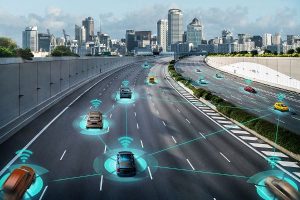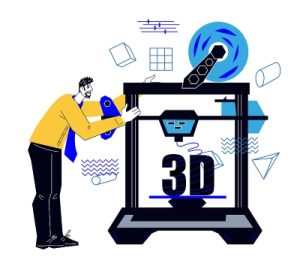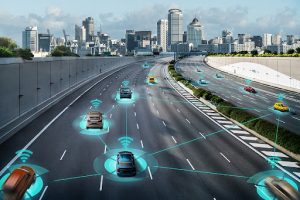The Bipartisan Infrastructure Deal (also known by the formal title, Infrastructure Investment and Jobs Act), kick-started activity to modernize our nation's critical physical assets and reimagine how we use transportation, utilities, and more with $1.2 trillion in funding. In just the last year, $200 billion has been distributed over 20,000 projects in all 50 states and U.S. territories. That includes starting repairs to more than 69,000 miles of roadway, 500,000 electric vehicle charging stations, 3,700 bridge repair and replacement projects, and fielding of 5,000 clean transit school buses. Money continues to be made available through grants to improve legacy infrastructure and introduce new technologies to improve how the nation uses infrastructure.
Everything Old is New Again
Rail travel is receiving heavy investment due to increased usage and demand. Virginia and North Carolina have seen record-high ridership in the last year and those states are now looking for ways to increase the number and frequency of passenger travel. Virginia is looking to purchase right of way from freight railroads, so it can install passenger-only tracks at key chokepoints. Tennessee is also looking to increase rail options in the state pulling together potential ridership numbers to advocate for federal investment in new rail lines to serve the state and surrounding metropolitan areas. Continue reading





 The Department of Health and Human Services (HHS) has been in the spotlight like never before with their critical role in managing the pandemic. While there is a lot of work still to be done on that front, other critical efforts are taking place across HHS agencies that will have an incredible impact on the health and well-being of citizens.
The Department of Health and Human Services (HHS) has been in the spotlight like never before with their critical role in managing the pandemic. While there is a lot of work still to be done on that front, other critical efforts are taking place across HHS agencies that will have an incredible impact on the health and well-being of citizens. The sci-fi genre is riddled with plots where machines take over the world with disturbing results for humans. In reality, we are seeing machines become a partner rather than an adversary as smart IoT machines are being used by humans to supplement tasks.
The sci-fi genre is riddled with plots where machines take over the world with disturbing results for humans. In reality, we are seeing machines become a partner rather than an adversary as smart IoT machines are being used by humans to supplement tasks.

